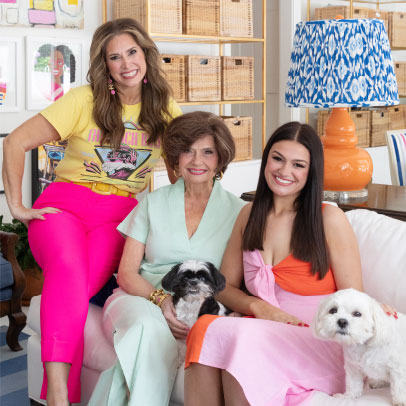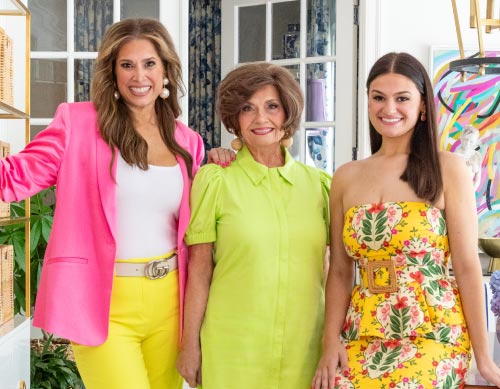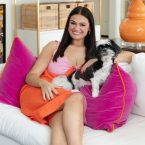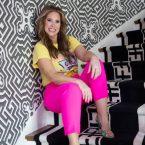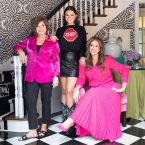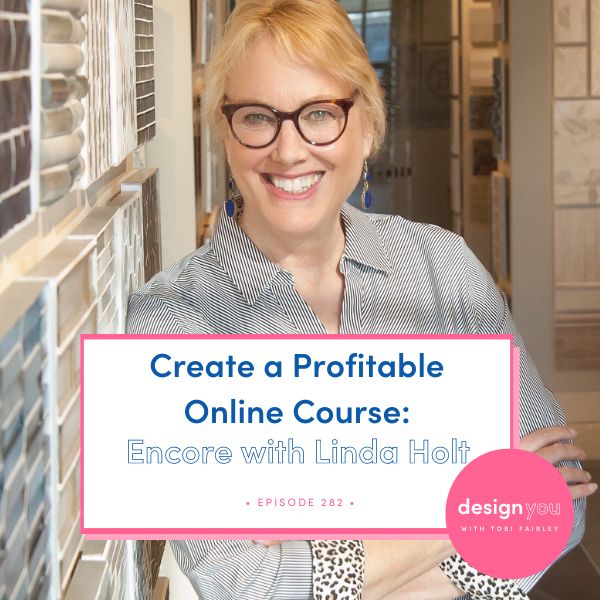
The end of summer is a time for reinvention, so for today’s episode, we’re revisiting an important conversation about what it looks like to pivot in your business and start leveraging your customer base to offer a profitable new service: an online course.
Linda Holt is a former interior designer and professional photographer, but as you’ll hear in today’s show, she’s reinvented herself and her business by building an online course teaching smartphone photography to designers and creatives. She’s moved into the world of course creation, and how she’s done this is the kind of inspiration we all need as we move through the shifts we’re seeing in the interior design industry.
Tune in this week to discover how Linda Holt has merged her creative eye and her aesthetic appeal to create an in-demand online course. Linda is sharing her experience, the common hurdles to building an online course for creatives, and we’re discussing how to come up with your own idea for a successful, profitable online course.
My Online Course Incubator is launching again in the fall of 2023. We only have 10 spots, so click here to sign up before it’s too late!
Discover a new path to success in the Interior Design Industry with our live 3-part training: How To Create Additional Revenue Streams. Join us as we teach you the strategies to launch innovative income streams, freeing you from the limitations of traditional design services. Don’t miss this opportunity to revolutionize your business and thrive in today’s competitive landscape. Grab the Training Series now to prepare your business for today & beyond!

